|
Wrapping up 2023, tourism is rebounding faster from the pandemic than most of us predicted. We weren’t’ supposed to see industry numbers like this until 2024 or even 2025, but the world has collectively decided to move on as if Covid never happened, and tourism has reflected this accordingly. Everything has definitely become more expensive, sometimes because of supply-chain issues, sometimes because it’s an opportunity for folks to maximize profits and take advantage of others. This is true for the tourism industry, and true for everything else too. This year I really got stuck into my bi-weekly column for Canadian Geographic, chasing stories that are inspirational, worth knowing, and unique. It’s the cornerstone of my Bucket List brand: exploring destinations and activities that you can’t find anywhere else; are wholly memorable; practically attainable; and will make a great story you’ll want to share for the rest of your days. I kicked off 2023 with a New Year’s Eve torchlight descent at Sun Peaks Resort in British Columbia. After many years of snowboarding, I’m now transitioning to skis, and it was a fantastic confidence booster (and a little terrifying) to ski at night. A few weeks later I found myself on BC’s Powder Highway, back on skis in Fernie, Kimberly and at the Panorama Mountain Resort. I explored quirky roadside attractions in New Brunswick, unique statues around the world, high-speed F1 yacht racing in San Francisco, and the origins of craft beer in the Pacific Northwest. Sometimes the story is about people too, like the Syrian refuges in Nova Scotia and their phenomenally successful chocolate business, or Scuba Diving Hall of Famer and cave diving legend Jill Heinerth. The best travel is about the experiences you share, whether it means taking your kids medieval glamping in Alberta, or a parent on a bucket list hike in Newfoundland. Sometimes family travel lies on a spectrum between beluga whales in the north, the jungle in the south, and iconic theme-parks (I’m proud of this particularly honest review of Disneyland.) I’m always on the lookout for unusual and memorable accommodation, from the world’s most northerly eco-lodge to surviving a night in Quebec City’s ice hotel. As for wildlife, I attempted to cage dive with saltwater crocodiles in Australia, hit the prairies to see the world’s largest concentration of snakes, and looked at places near and far to ethically volunteer with animals. The two back-to-back horse-riding expeditions I took to the Allenby Pass in Banff National Park showcased the Rockies at their finest, and was my inspiring debut as a Can Geo Adventures Travel Ambassador. Learning more about Indigenous experiences across the country shepherded me to prairies campfires and other inspiring locations around the country. Further afield, I researched upcoming stories about the Rio de Janeiro Carnaval in Brazil, a sustainable eco-lodge in Costa, and exploring French Polynesia with a small-ship Wind Star cruise.
I write a monthly blog for Great Canadian Trails too, where this year you can find stories about mountains, forests, whales and icebergs, cross-country skiing and great Canadian books. I celebrated Yukon for the territory’s 125th anniversary, took a curious look at Prince Edward Island, a ride along the beautiful Kettle Valley Heritage Trail, and explored Canadian wonders that double as international look-a-likes.
0 Comments
The mountains overlooking Vancouver have several rockstars. There are the three ski resorts, the gondolas of Grouse, and the choppy crest of Crown. Perhaps the most distinctive peaks are The Lions, named in the 1880s because they resemble two sleeping lions (and because nobody back then deferred to Indigenous names). The East and West Lion peaks (reaching 5269ft and 5400ft respectively) inspired the BC Lions football team, Lions Gate Bridge, Lions Gate Hospital, and Lions Gate Entertainment. They also inspire ambitious hikers to brave a knee-punishing ascent with a memorable day-hike or overnight trek, complete with a challenging summit free climb. I am not an ambitious hiker, but conquering the Lions has been on my bucket list for years. This year, all my excuses finally ran out. Before we get to the hike, it’s important to recognize that these are not Lions at all, they’re actually twin sisters. According to the Squamish people, the Twin Sisters are markers of peace between the Squamish and Haida, formed by the Creator to honour a treaty, or as a result of twin Squamish sisters captured by a Haida raiding party. Dismissing Indigenous legends and name places to honour colonial heroes and symbols has fortunately run its course, so this blog post would like to acknowledge that it takes place on the unceeded territory of the Squamish people, and is grateful for the opportunity to visit the hallowed peaks that mean so much more than a great view and a hiking adventure. I’ll call them Lions moving forward, but continue to pay my respects to the Twin Sisters and their cultural legacy. There are two ways to hike the Lions. Park at Cypress Mountain Ski Resort and hike up and across the mountains, or park in Lions Bay and hike up… and up…and up. The Cypress route adds a few kilometres and requires some parking and driving coordination, especially if you’re descending on a one-way route through Lions Bay. The Lions Bay route requires a lucky parking spot in the few public spots available at the trail head, or get ready to add some asphalt road ascent to your journey. Be on the lookout for unimpressed NIMBY Lions Head neighbours who don’t appreciate hikers visiting their secluded mountain community. At least they didn’t seem to appreciate me, perhaps because I had arranged a parking pass and my Kia brought down property values for a day. Signs at the trail head to West Lion make no mistake what’s in store: Difficulty: Strenuous. Only be attempted by properly equipped and experienced hikers. The sign states it is 15km round-trip to the summit, with a hefty 1525m elevation gain. It suggests you budget an ambitious 7 to 8 hours. There are also bears in the area, along with cougars, bobcats, coyotes, lynx and even snakes (although the local snakes are harmless). As I started up the trail, encountering any wildlife would instantly become the least of my concern. Up we go. And up. And up. And up further still. Ah, what’s this? A flat section! Through fairy beds of green moss and lush tree tunnels, beautiful, I needed that welcome breather, and…. nope, it’s up again. And up, up, and up further still. Poles are essential, as are frequent water breaks (I slugged through 2.5 litres of water on my hike, and I don’t drink that much). Loose rocks are waiting to roll your ankle, and slippery roots waiting to trip you up. We cross a bridge over a fetching cascade, which invites a cool dip in the rock pools, but there’s no time to dally. It’s an unseasonal warm and dry October, which means a lovely cool temperature and few bugs, but also shorter days. We were on the trail by 7:45am. The parking lot, incidentally, was already full. The West Lions is a popular hike, and everyone I passed seemed in better physical and mental shape to do it. A group of bro’s (shirtless, tanned, bleached hair, ripped, backward baseball caps) were already on their descent. These are BC’s hiking equivalent to California’s surfing dudes. I encounter groups and couples, and a quick-footed solo teenage boy with parents that should be proud and worried. Up and up, over and up, until almost 4 hours in, we crest at a viewpoint and finally see the mighty Lions up close. Solid rock (hornblende diorite for you geologists), the two peaks are more imposing and intimidating when you stand beneath them, casting a shadow into the valley below. As we continue our ascent, the rocks become bigger and more challenging, remnants of several millennia of rockslides. Tears are flowing from my knees, and I’m cursing the weight of snacks I thought I’d need in my daypack. Finally, we reach a large outcrop where most sane people stop to enjoy the incredible 360-view of the Lions, the Howe Sound, and on a clear day, Vancouver far below. Most sane people will reach this point, say they’ve hiked the West Lion, and call it a day. The rest of us might continue on the 29-kilometre Howe Sound Crest Trail from Cypress Mountain to Porteau Cove, or decide it’s worth the risky free-climb up the rock to the West Lion summit. Cramping legs, blistered ankles, heavy breathing, no fitness whatsoever…of course I’m going for the top. Other than one handy rope to assist with a 5 metre drop at the start, there are no chain ladders or ropes. I had to navigate up and over sheer rock face, balancing on narrow ledges while desperately searching for rock holds, doing my best not to think about the 30m – 50m plummet below. Some hikers brought helmets and climbing shoes. I had a flask of rum. Remember: three points of contact! It’s been a while since a physical challenge intersected so concisely with my mental fear, and several times I paused to breathe, stay calm, and recollect myself in that special place we all visit sometimes. It doesn’t take very long to get to the summit, but after a challenging 5-hour ascent, it’s tough as hell. My thighs cramped up just in time to collapse in a heap by the West Lion’s rock cairn, the only sign that you are indeed, as high as you can go. Oh, and the sweeping, spectacular view that surrounds you. It’s almost enough to make me forget that I now have to scale down the dangerous rock, and then hike down a trail so steep it could snap a shock absorber. A few Band-aids, a swig of rum, some yummy sandwiches, painkillers, candy and nuts, and we’re on our way down. It’s always much quicker hiking down than up, but it’s also hell on your knees and tricky for your ankles. Yet with fine company, fine weather, and the intangible joy that accompanies any sense of accomplishment, we slowly made our way down to Lions Bay. You do not want to descend this trail in the dark, but we timed it perfectly, arriving at the parking lot at 5:45pm. With plenty of breaks and time to enjoy the views (and factoring the state of my fitness), it was a very long, 10-hour hike, and the second most challenging hike of my life (here’s looking at you West Coast Trail). It took a few days for me to stop walking like a stepped-on spider, and yes, it definitely would have helped to have prepared with more than just a few games of pickleball. There’s plenty of reviews of the West Lion hike on various hiking sites, and yes, I can confirm the last scramble is as challenging as everyone says it is. Unless you’re that ten-year old girl who passed us on the way down, carrying her stuffy Snow Leopard. As I lay in bed that night groaning with stiffness, my wife asked me why on earth anybody would ever want to do this to themselves? My reply was simple: “Every time I see those Lions, I can think ‘I’ve been to the top of that!’ It’s a personal accomplishment that just keeps on giving.”
Special thanks to Jon, Revelie, Mike and Stephanie. I’m late to this particular highway, but I expect that many readers are. With sky-high gas prices and increasingly dire climate projections, I can’t help but look at electric vehicles with increasing curiosity. There’s little doubt EV’s are the future of automobiles, with everyone from Volkswagen to Volvo ditching gas to go all electric. Yet there’s as many misconceptions as there are die-hard acolytes, fanatics on both side of the fossil fuel divide. I figured there was only one way to get to the bottom of it: do some research, and get behind the wheel. I’ve worked with Ford Motors over the years (they sponsored a couple of my speaking tours as well as my 22,000km drive around Australia to tick off The Great Australian Bucket List) so naturally I reached out to them first: would it be possible to take an EV for a spin? My 6 year-old son is also crazy about Mustangs, which he confused for whatever yellow muscle car Bumblebee happened to be during his short but intense Transformers phase. This is how I came to fly into Montreal and hop behind the wheel of a 2022 Ford Mustang Mach-E: a 346 horsepower fully electric sports car that rockets from 0 to 100 km/hr in 3.7 seconds. There’s no space for 346 horses on the Mustang logo, just one, but plenty of space for myself, two kids, 3 carry-on suitcases, our day packs, and the various crap that stick to parents like Velcro on any family road trip. Barf bags for the 6-year-old included. There’s bells, whistles, and then there’s the settings in a Mustang Mach-E. A huge 15.5 inch swipe screen sits in the middle, serving as an on-board super-computer to power all the sensors. I don’t know how the roof camera works to provide a birds-eye view when I reverse, or the rain-sensing wipers, or how they get the handle-less doors to Star Trek swish when they open. It’s a neat trick that the car parks itself, and it has a Co-Pilot system that allows the vehicle to drive itself on the highway (although another sensor pinged when I took my hands off the steering wheel for longer than a few seconds). The feel and response of the accelerator made the biggest first impression. Instead of braking, I could just decelerate into a full stop, although later I discovered an option to drive with the brake like a typical car. By that stage, I’d become quite accustomed to just using one pedal, and the intense boost of speed at my disposal. It was difficult to stick within Quebec’s 90 - 100 km/hr speed limits, and I used the intelligent adaptive cruise-control feature to drive with my hands more than I usually would. No combustion engine means more cargo space, an unnervingly quiet ride (great for wildlife stops when we spotted deer) and all sorts of other car stuff you’re welcome to geek out with if that’s your jam. But let’s get to the misconceptions: 1. If you’re burning fossil fuels to create electricity, how can an EV be good for the planet? True, if you’re in a country or region that predominately burns coal to generate electricity. In Canada this is not the case. Quebec generates 94% of its power through hydro sources. BC is at 87%. Manitoba 97%, Newfoundland and Labrador 96%. Ontario’s system is 94% emissions free. In these cases, you’re using clean energy to power your vehicle, which is very good for the planet. On the other hand, your EV vehicle uses steel, silicon, and all sorts of rare minerals needed to create today’s computers and sensors. There’s always a cost. But in terms of emissions and climate action, driving an EV in Canada is a sustainable bet, as opposed to Australia where the electrical grid is just 24% clean, India (14%) or China (43.5%). Encouragingly, renewable clean energy sources continue to make dramatic in-roads worldwide. 2. It’s OK for the city, but I can’t go on a big road trip in a remote region, I’m going to run out of juice! This is exactly why I chose my first EV road trip to be in the Lanaudière region of Quebec, spending a week exploring less-trafficked country roads, small towns, parks and lakeside resorts. Even with our souped-up Mustang’s projected 445km range, I fully expected to be searching for chargers wherever we went. This proved to be the case, but more out of curiosity than necessity. Just about everywhere we stopped, there were chargers. Most hotels, attractions and resorts offered free Level 2 charging stations for guests, which charges about 30 km per hour, or fully charges in 6 to 14 hours if left overnight. There were even chargers in La Mauricie National Park at the most popular beaches and attractions. Fast Level 3 chargers (which charge 100 km per 30 minutes, or fully charges the battery to 100% in 1 to 4 hours), were also available along the major routes. Quebec has over 7000 public chargers, more than any other province, with more are being added every day. The one time we actually needed power, it took just one hour over dinner to charge from 40% to 100%, and cost a whopping $20 on a sliding scale after we hit 80%. Given the savings, it was odd to find the Fast Charger at a Shell gas station. Admittedly, there’s a slight mental adjustment watching the car battery drain like it does on your cell phone, as well as getting over the distrust of deteriorating cell phone battery life, largely due to the ridiculous “planned obsolescence” strategy of Apple, Google and Samsung that essentially update your phone until it bricks and you have to buy a new one. Given the cost, EV batteries are designed to last the life of the vehicle, which is about 10 years, but that’s how long most owners now keep their vehicles anyway. You can charge your batteries at any point, and while there are simple tips to increase your battery life, don’t let it stop you from a road trip. I met an EV owner who drove from Ottawa to Vancouver in a Nissan Leaf with no problems whatsoever. We got chatting with a happy Hyundai Evoque 5 owner at the two free guest chargers outside the outstanding Hôtel-Musée Premières Nations in Quebec City. There’s a lot of interest and curiosity in EVs, and the Mustang sure turned a lot of heads. There were always chargers available, but I expect it will get interesting when there’s more EV’s on the road then there are chargers. If you’re pulling into a public lot and four chargers are being used for an indefinite charging period, it would be understandably frustrating and problematic. Charging would have to be limited to 80%, etiquette would have to give way to formal restrictions, and of course, there would have to be more superchargers to accommodate the demand. And all this will be happening as better battery technology makes charging faster and more efficient. My conclusion: You can certainly go on an EV road trip now, and most definitely in the future. If you’re in Canada or anywhere running on hydro, wind, solar, tidal or nuclear energy, you’re not killing one forest to save another. The Quebec region of Lanaudière and La Mauricie between Montreal and Quebec City is simply gorgeous. The Mustang Mach-E had plenty space for the road tripping family, and is altogether one impressive steed. My son, who gets car sick playing with Hot Wheels, never complained once about needing to puke, confirming his approval for the smooth ride. My current car is not an electric vehicle. My next one will be.
Note: Thanks to Ford Canada for providing the Mustang Mach-E. The company did not review or approve of this story. Read my Bucket Listed column in Can Geo Travel for more about what we discovered during our electric road trip adventure in Quebec. |
Greetings.
Please come in. Mahalo for removing your shoes. After many years running a behemoth of a blog called Modern Gonzo, I've decided to a: publish a book or eight, and b: make my stories more digestible, relevant, and deserving of your battered attention. Here you will find some of my adventures to over 100 countries, travel tips and advice, rantings, ravings, commentary, observations and ongoing adventures. Previously...
July 2024
Categories
All
|

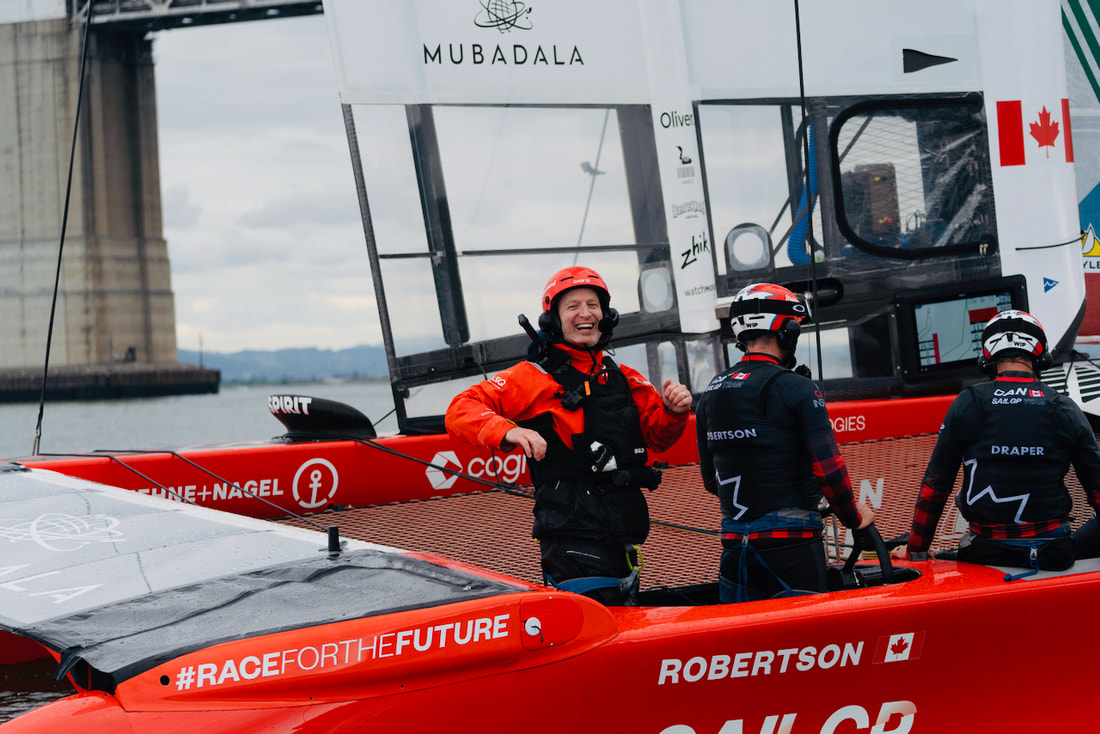
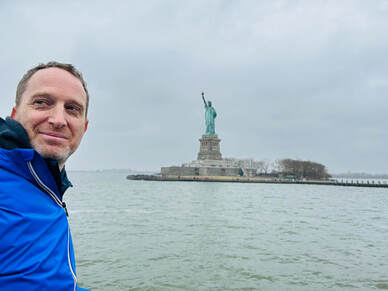
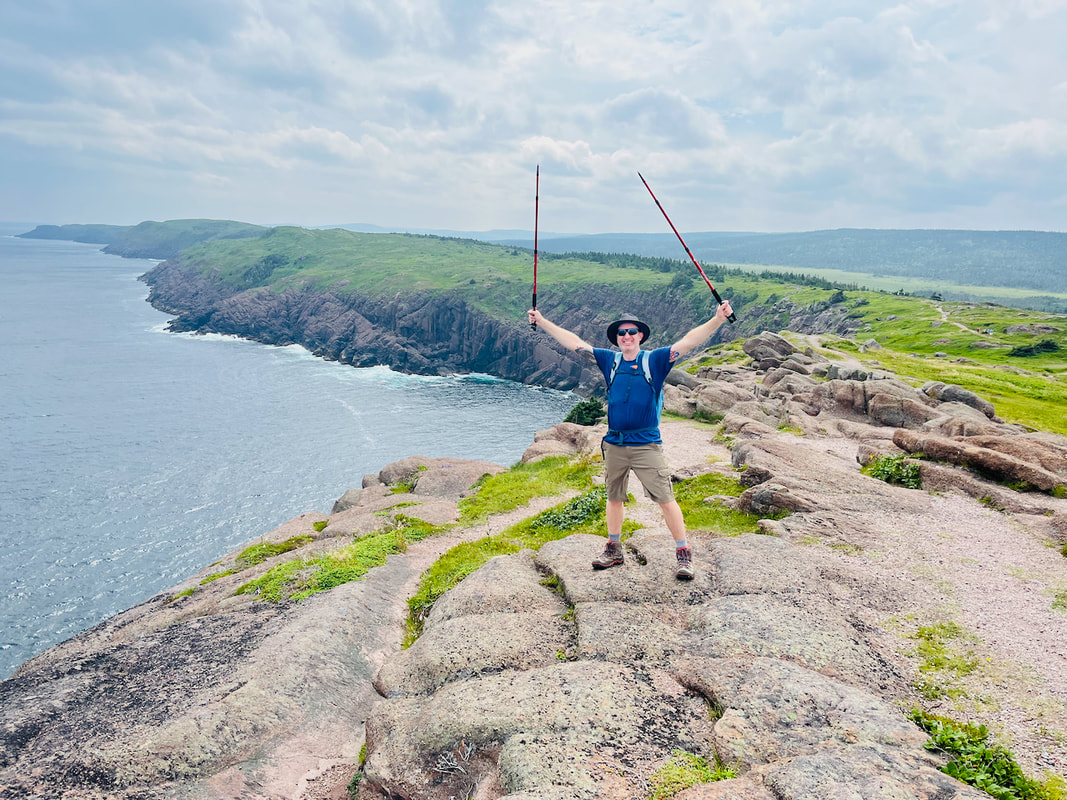
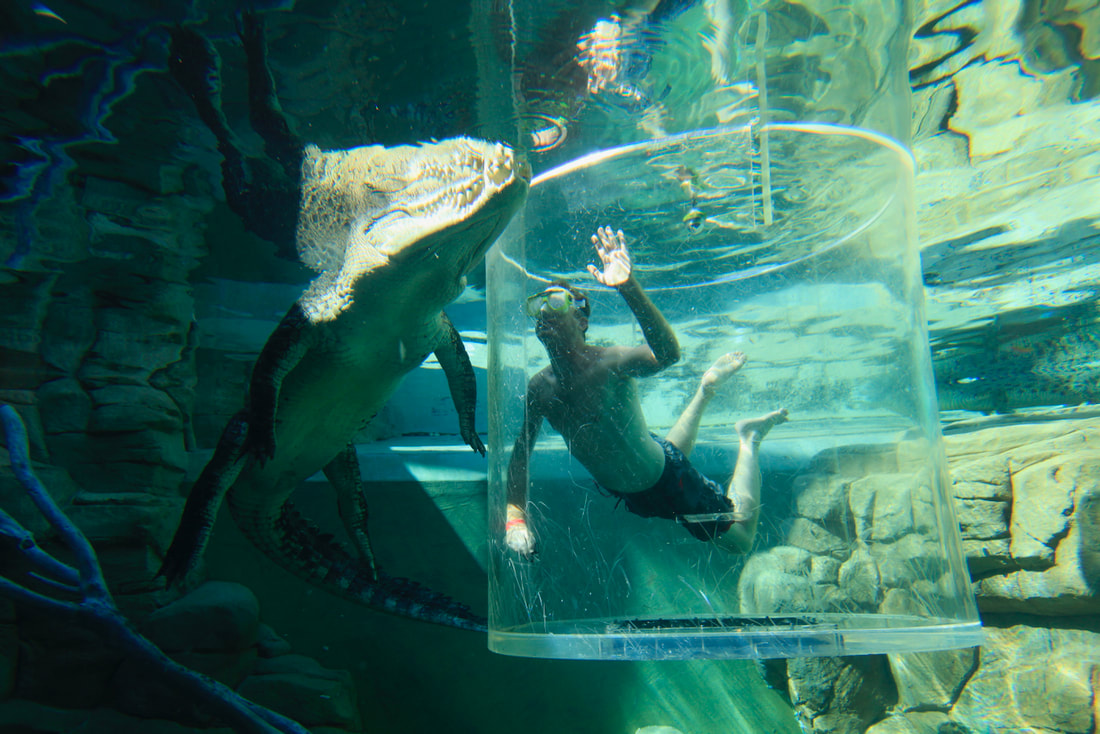
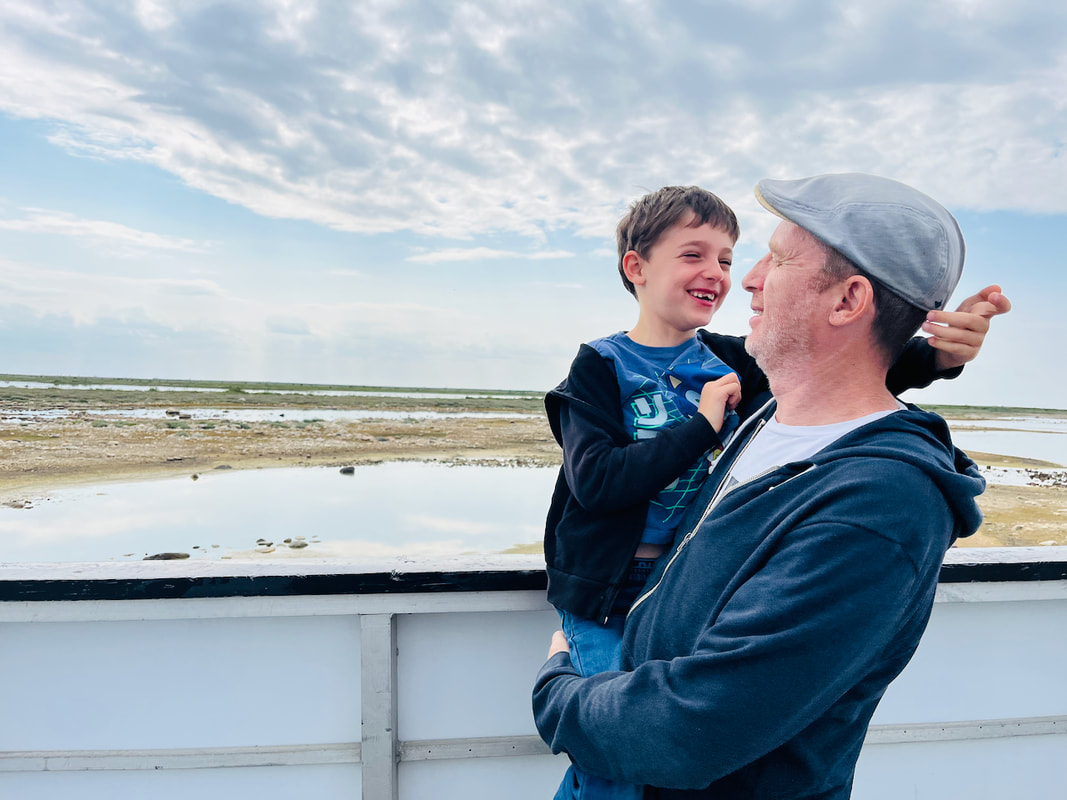
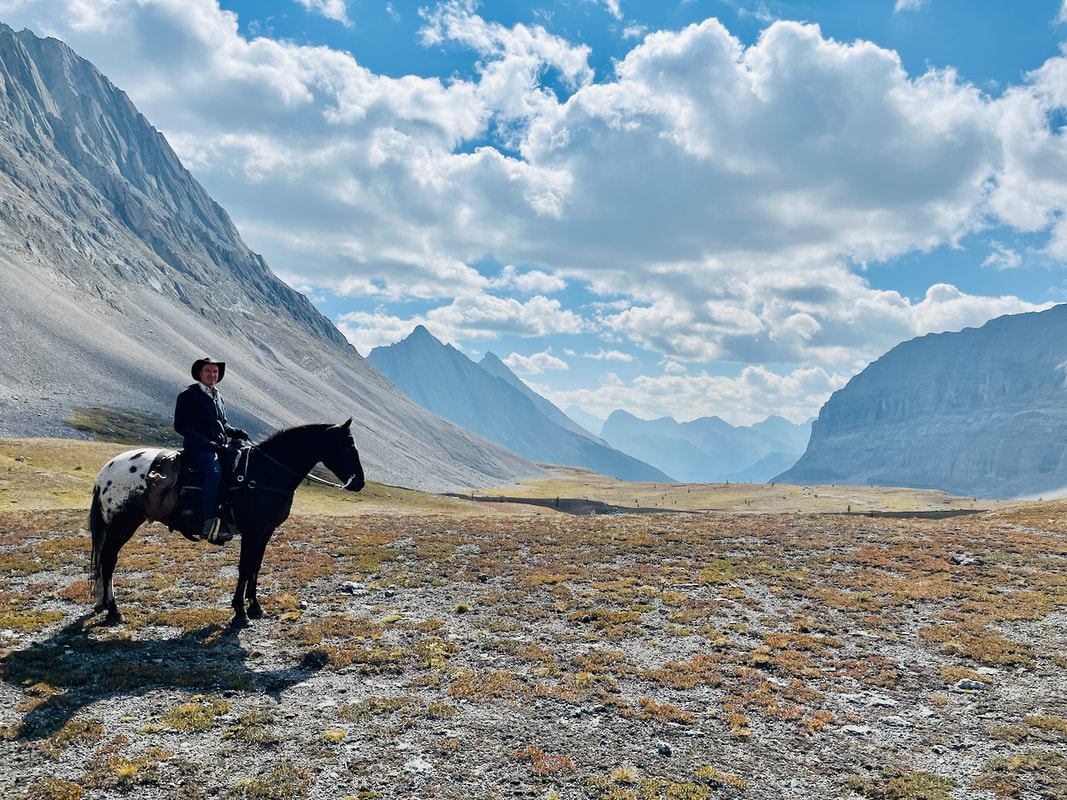
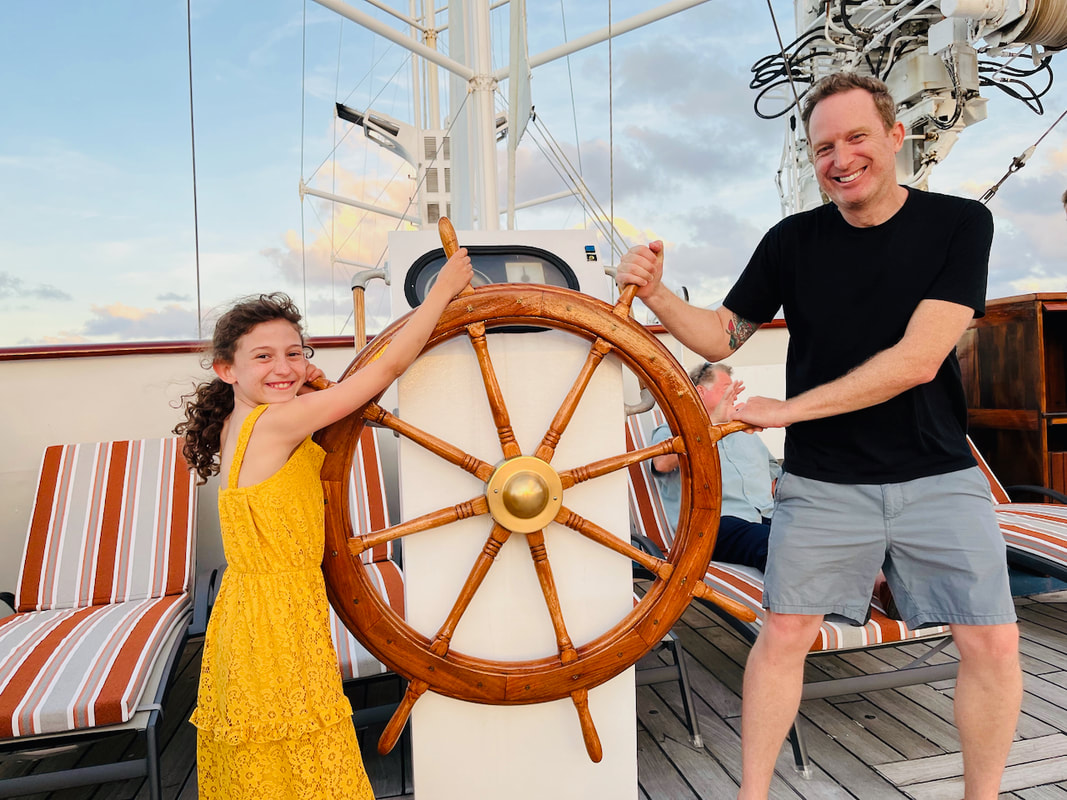
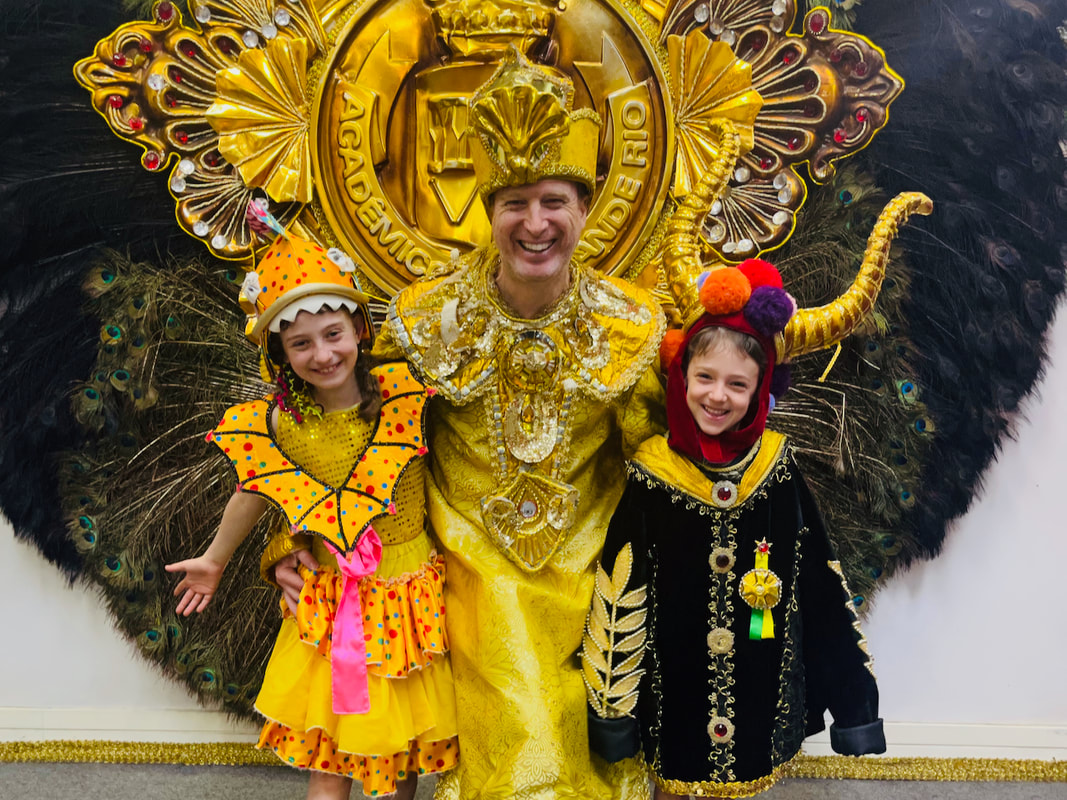

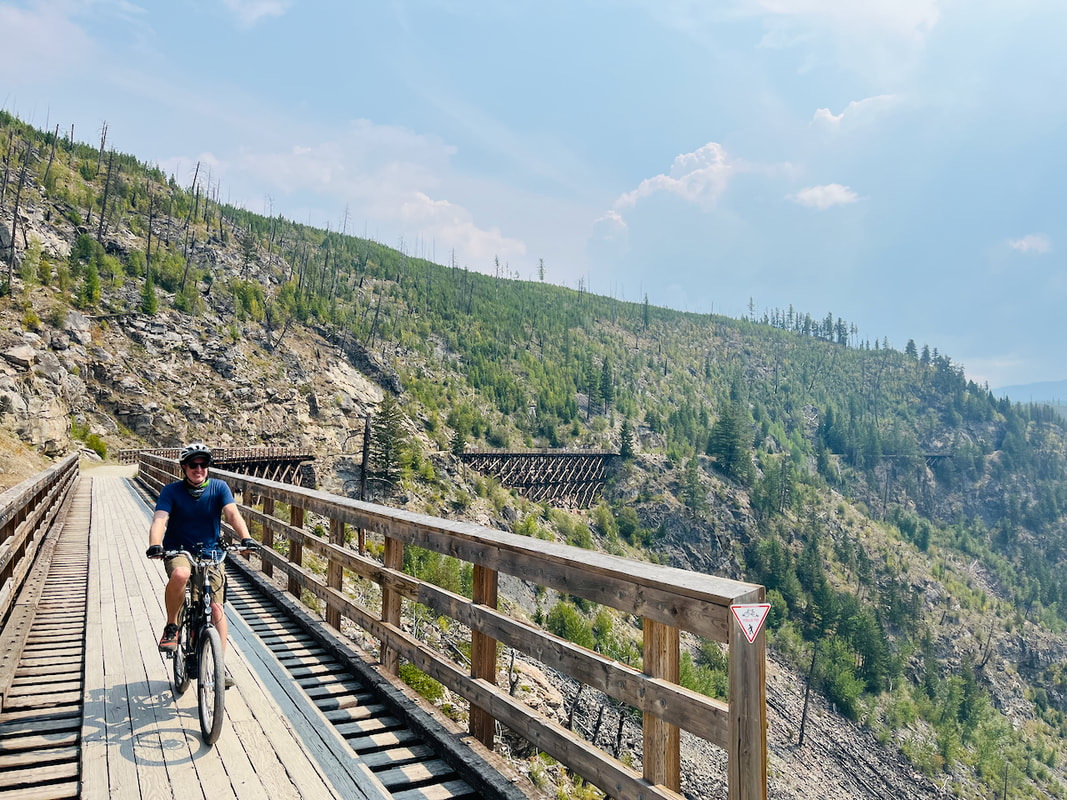

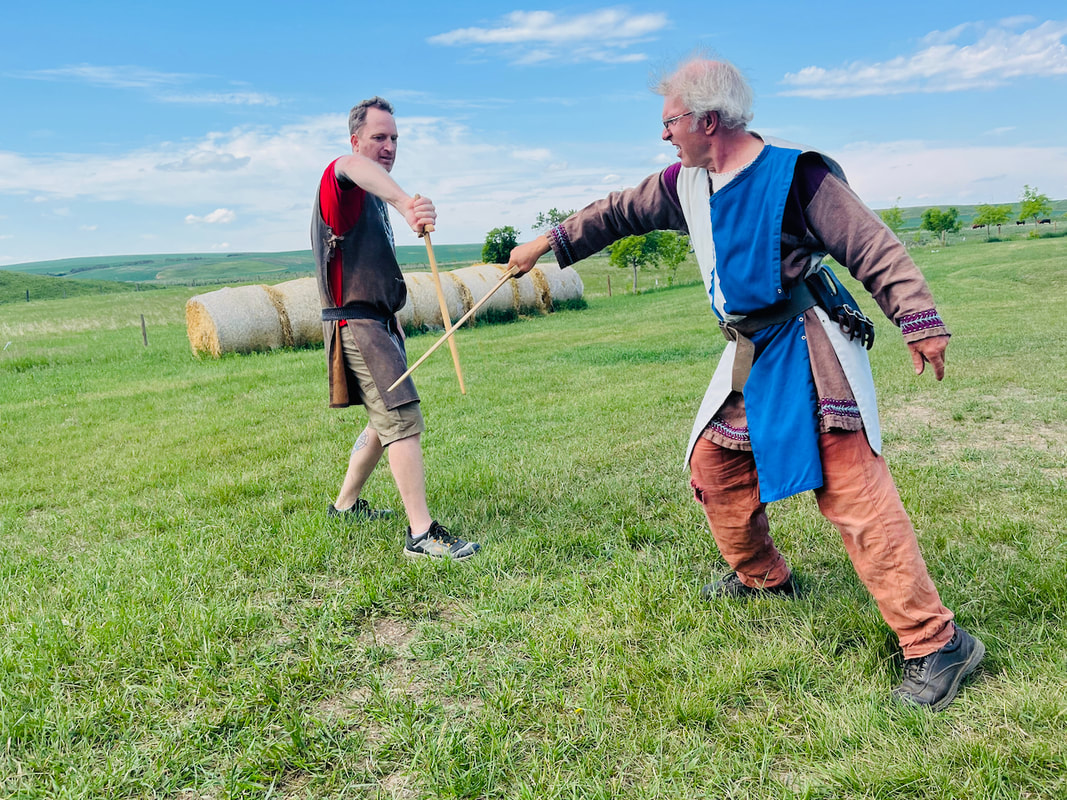
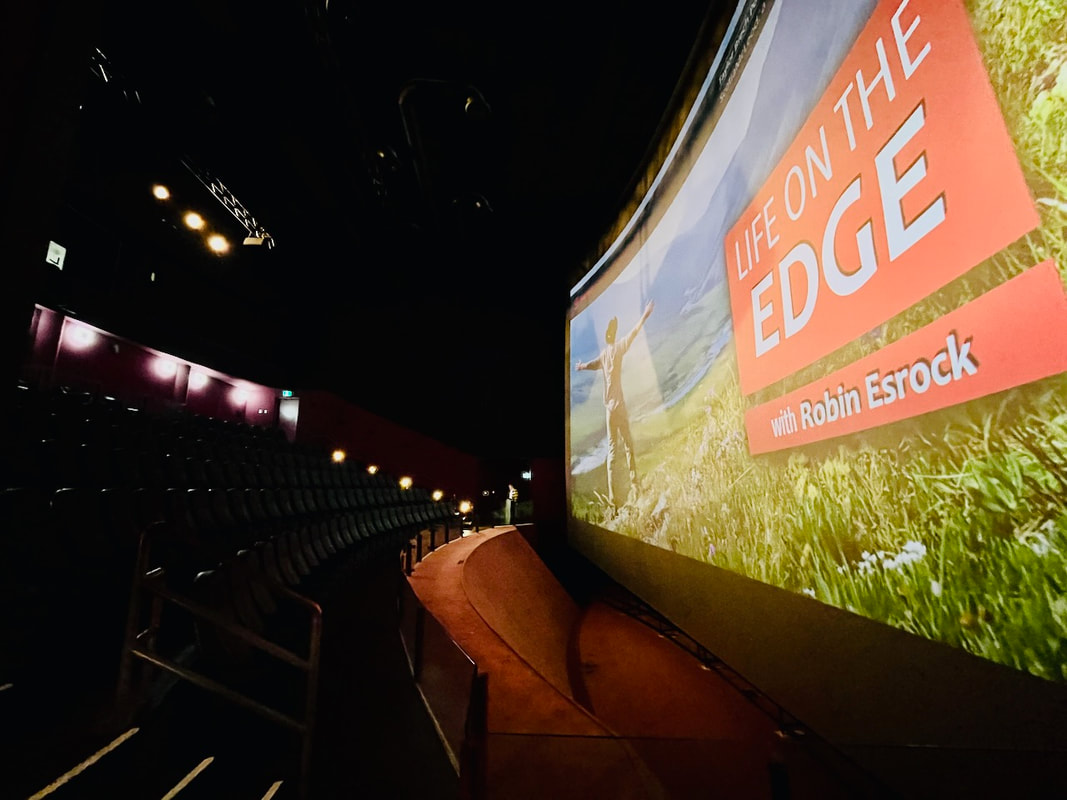
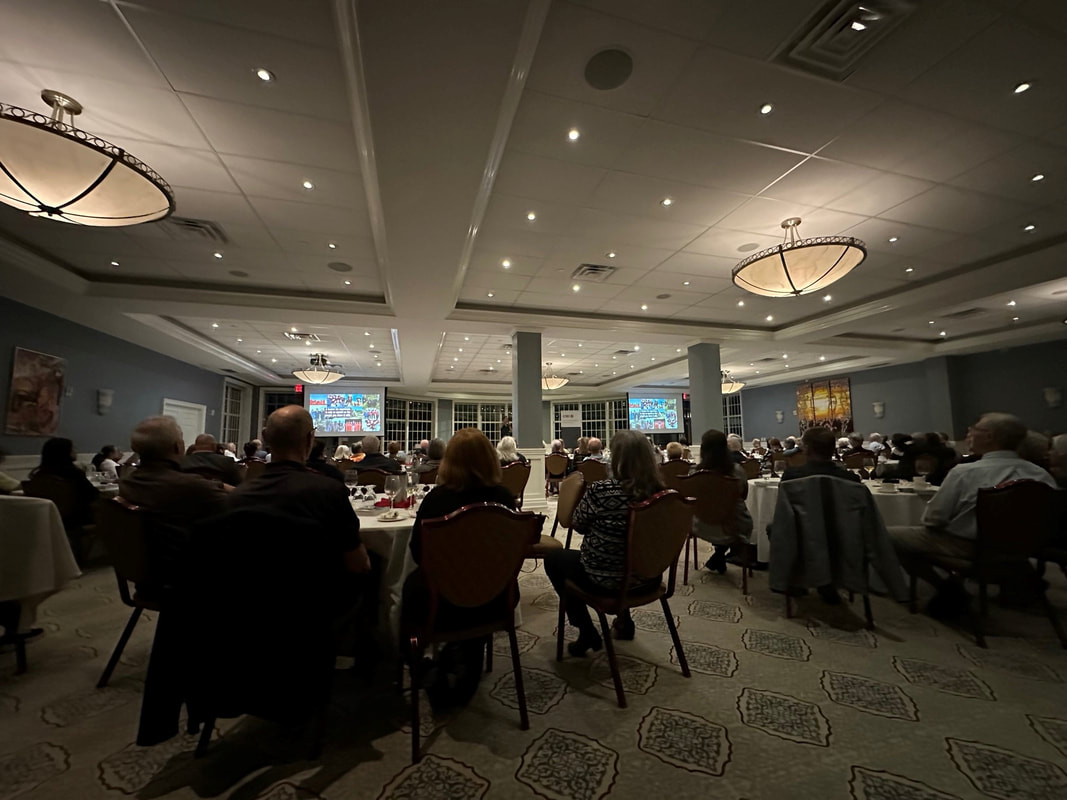
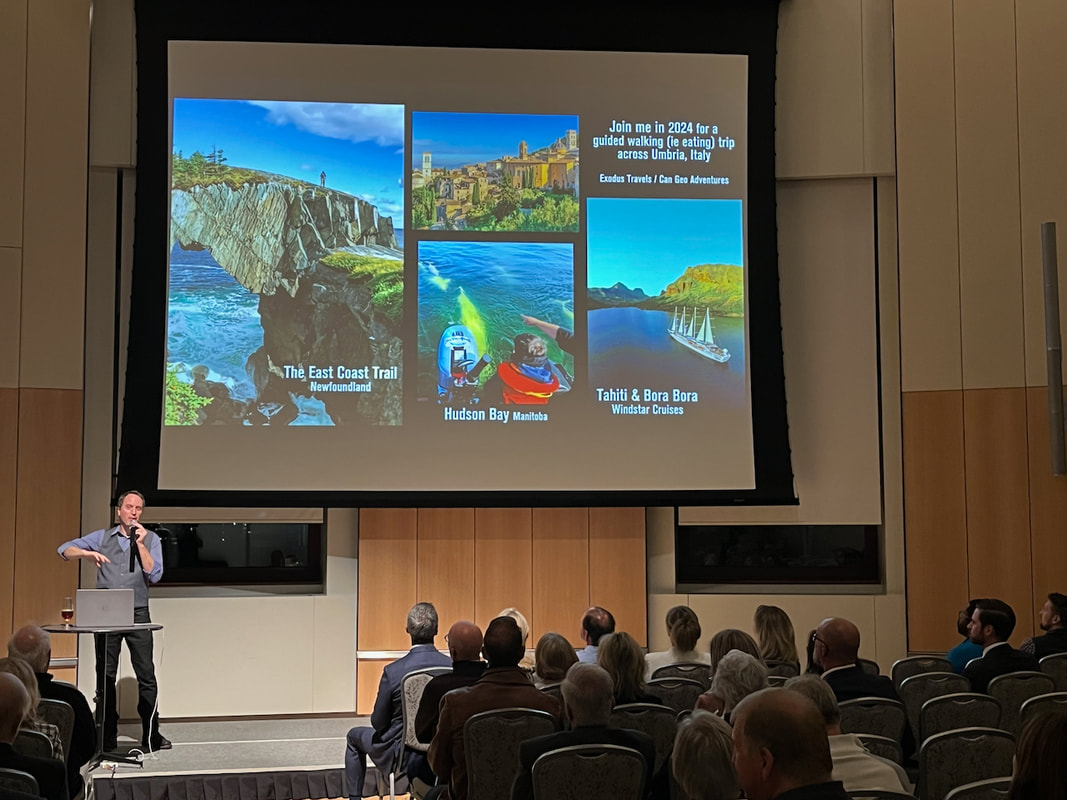

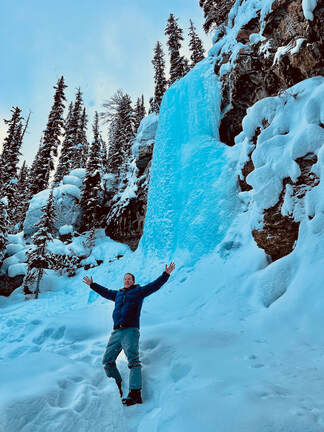
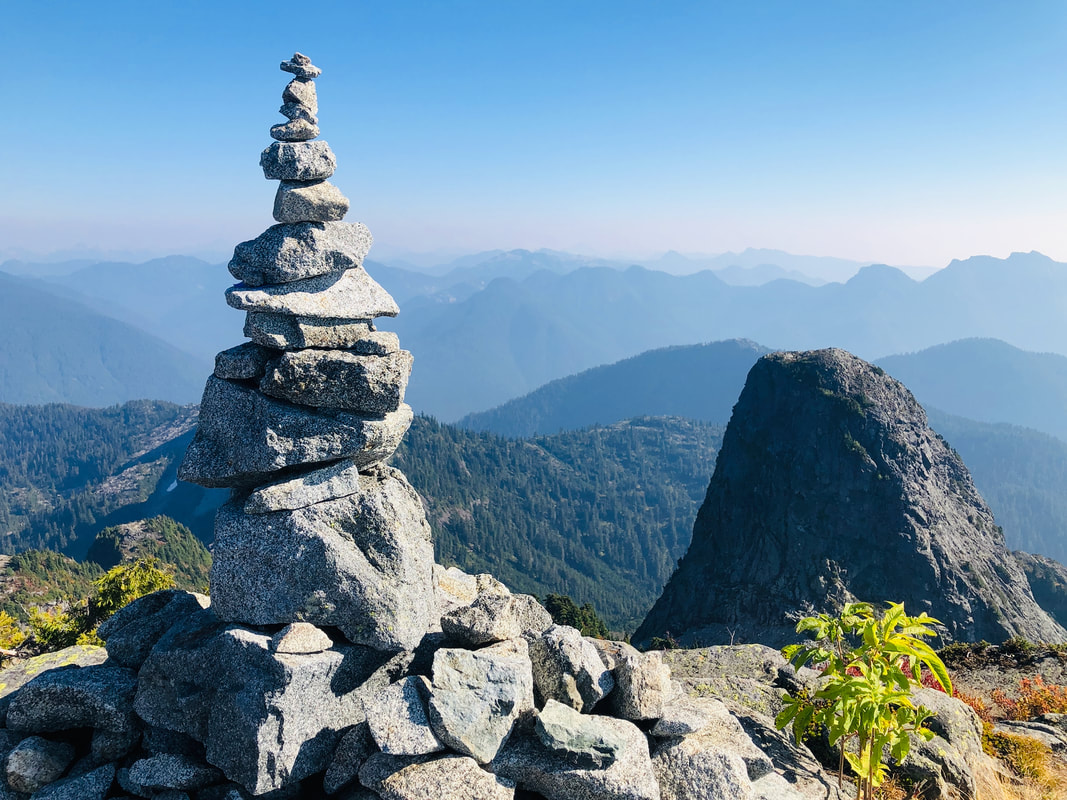
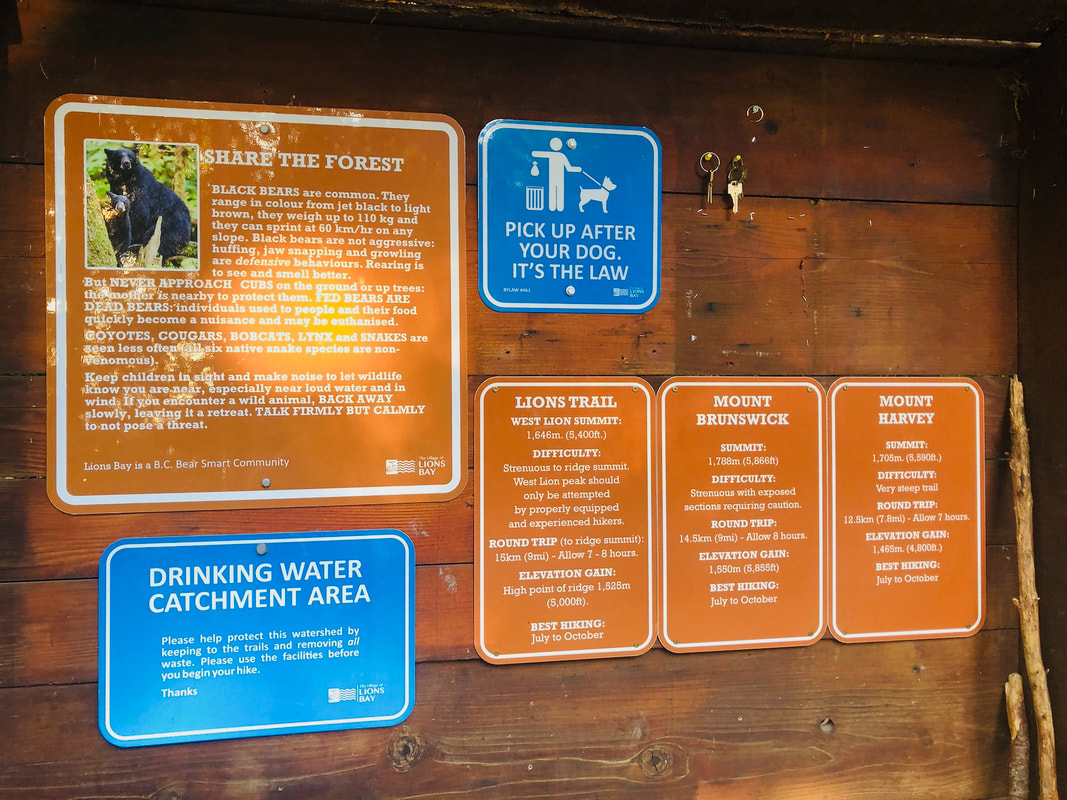
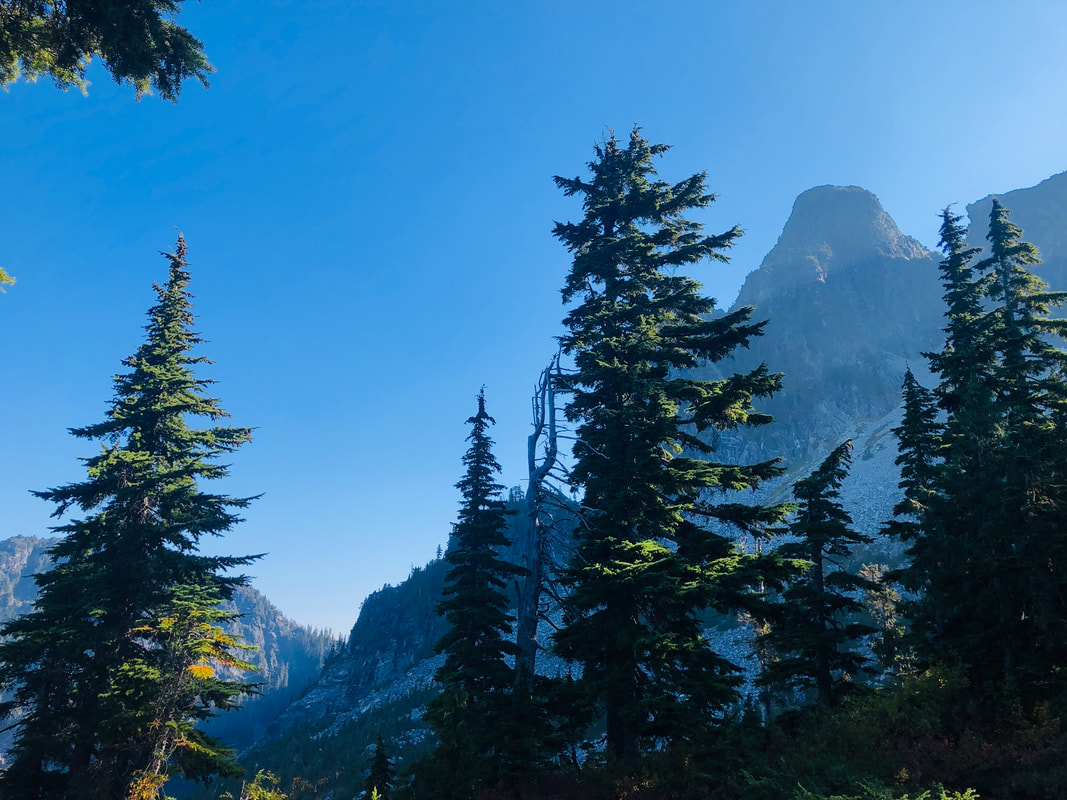
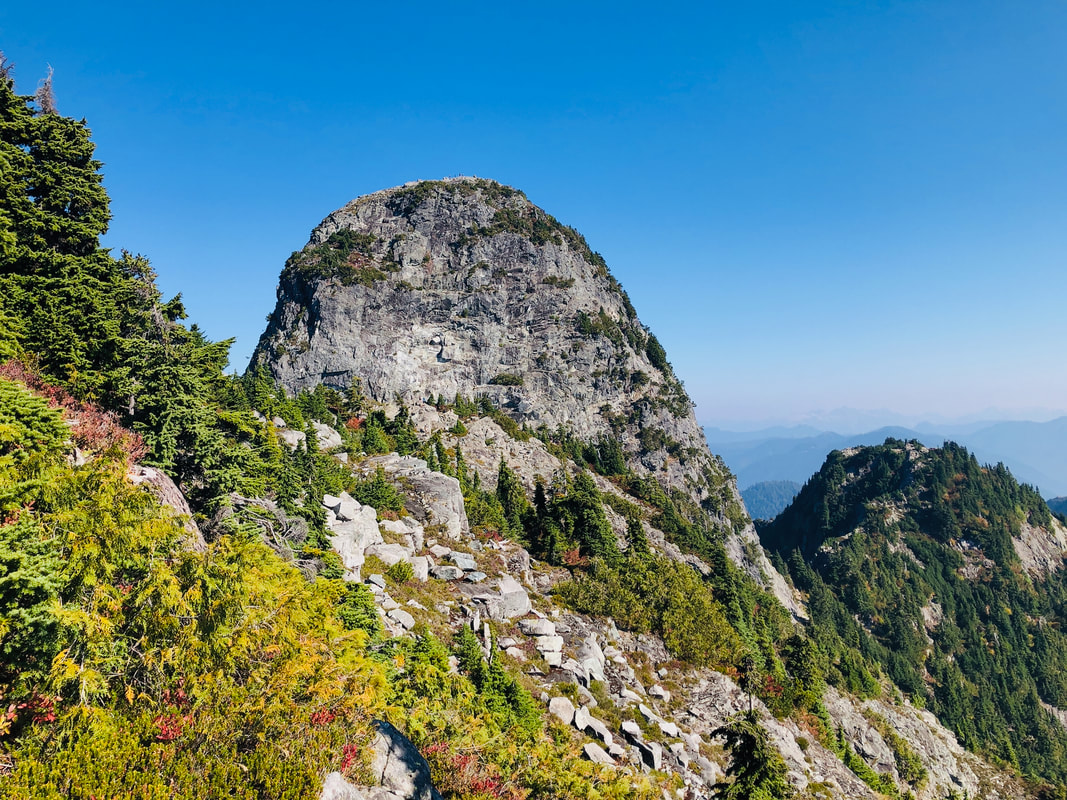
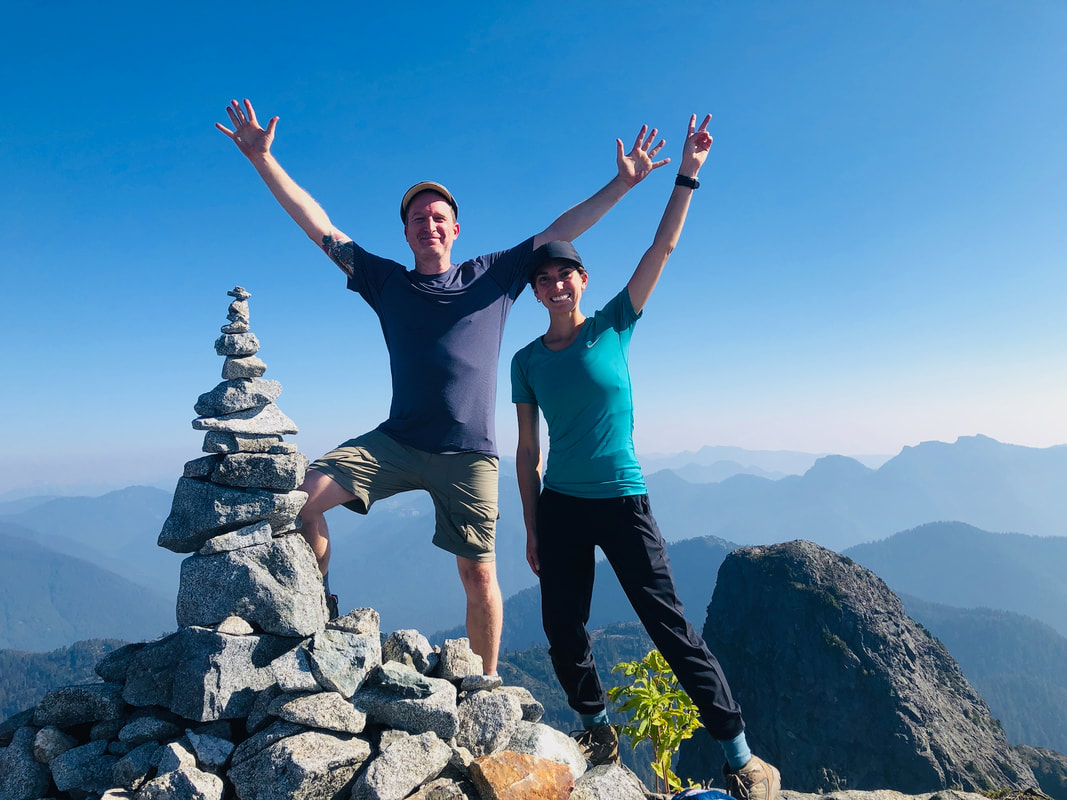
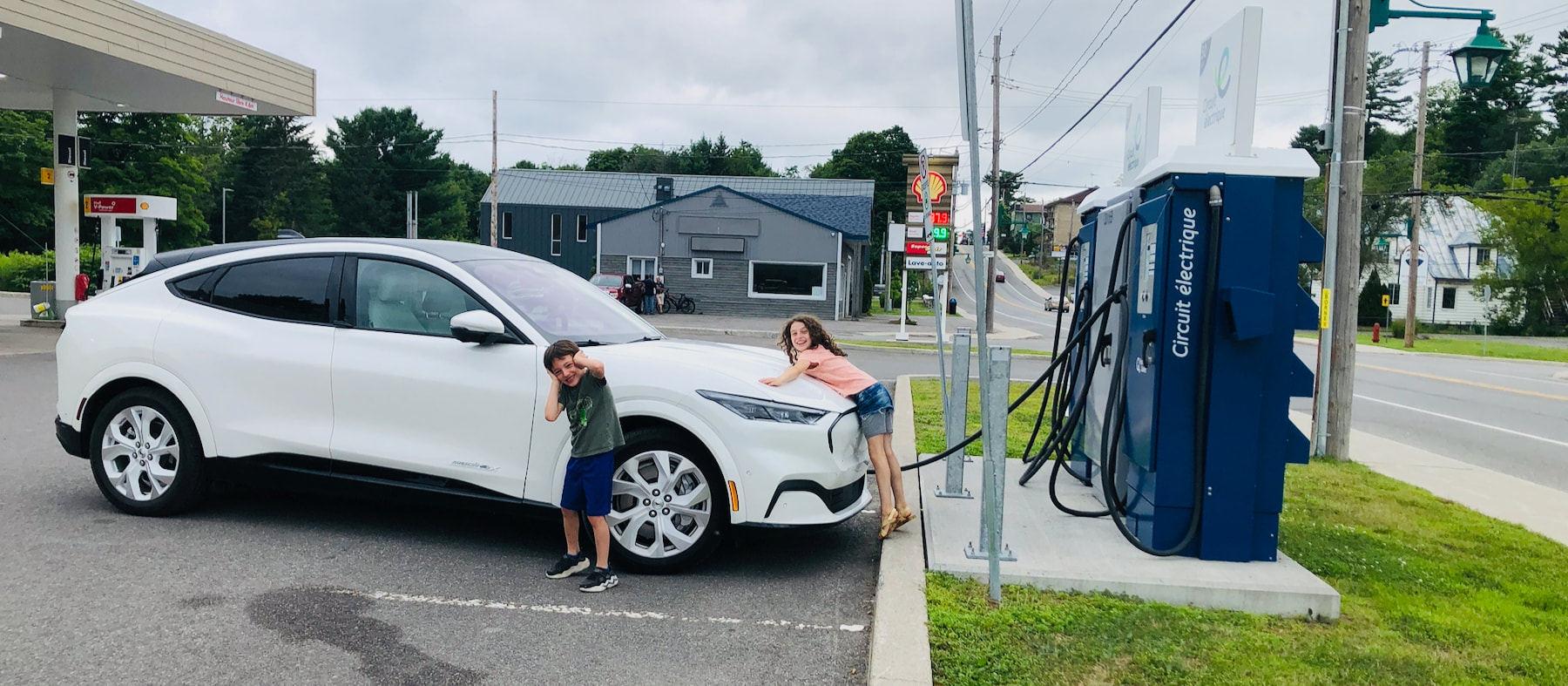
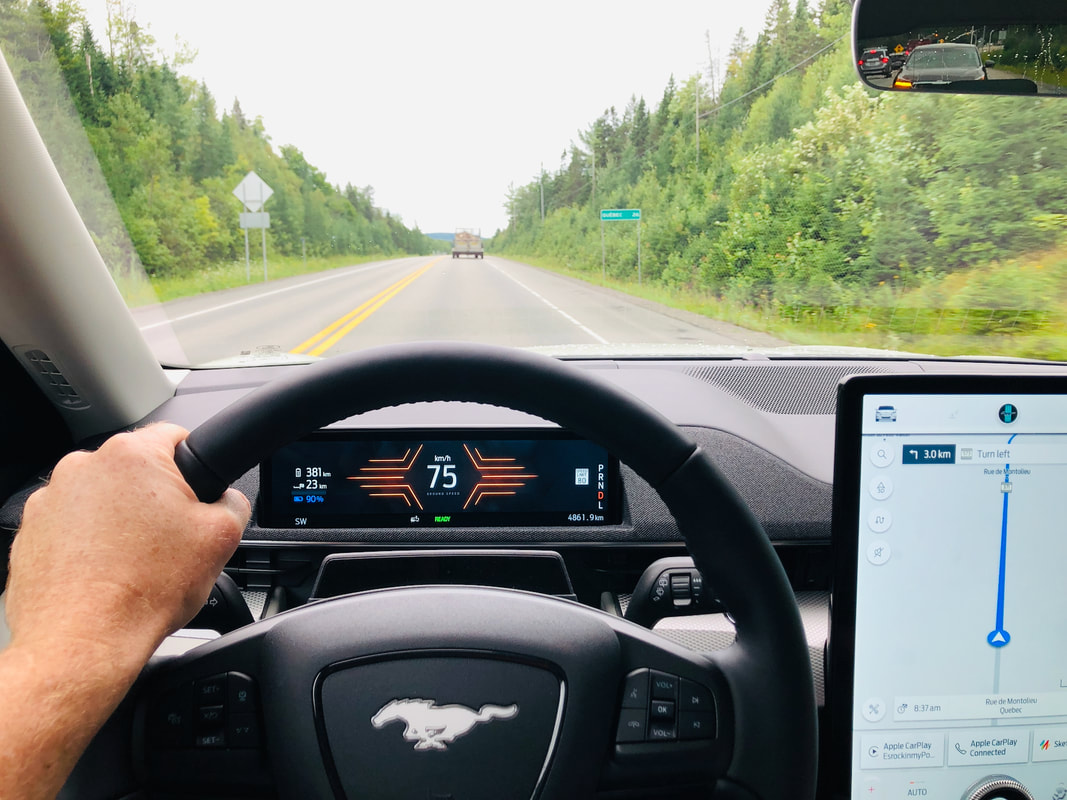
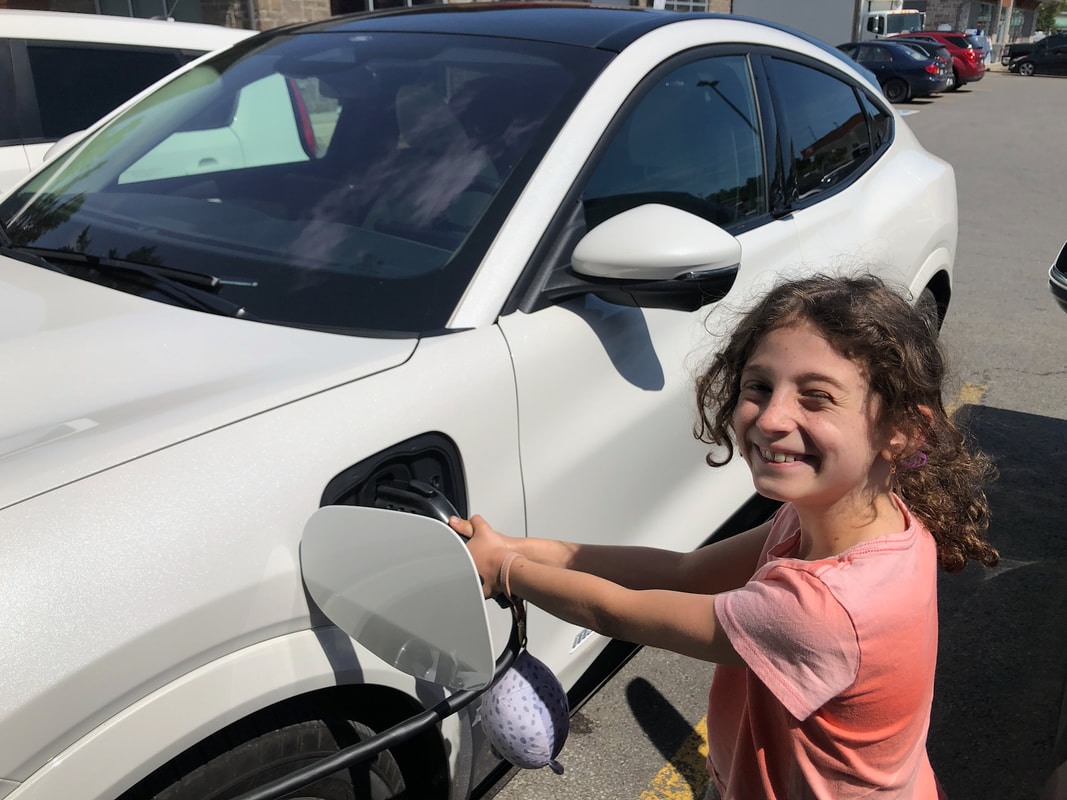
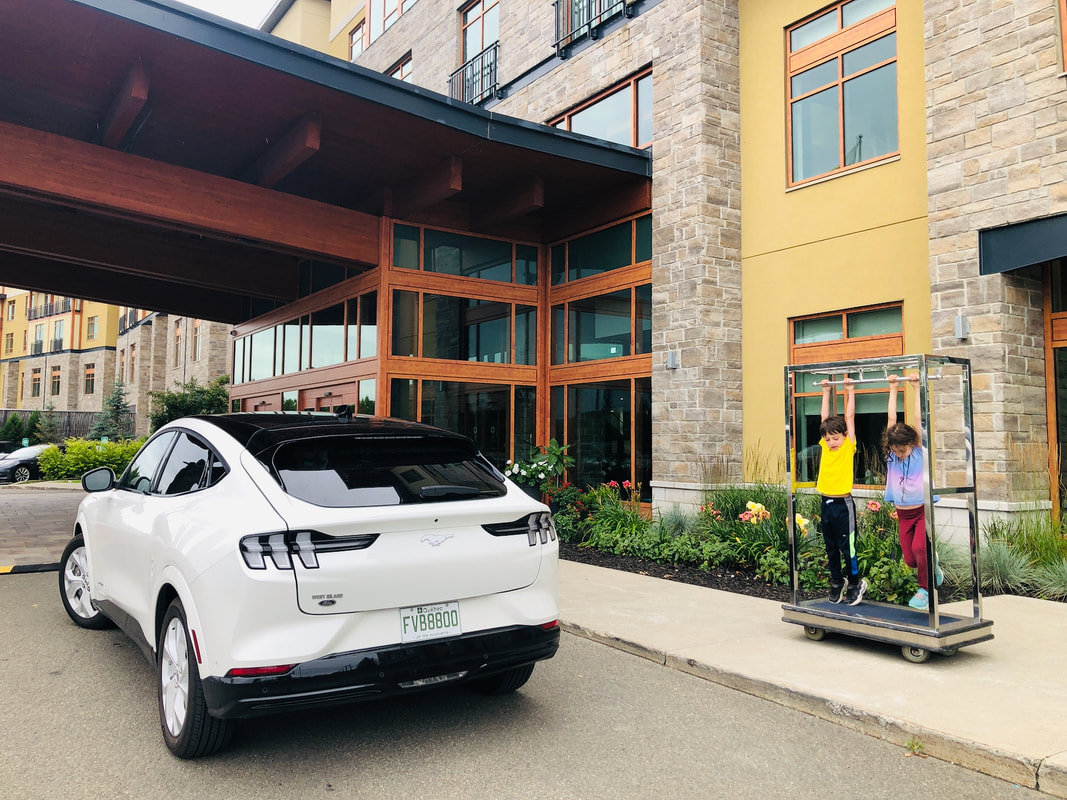
 RSS Feed
RSS Feed

